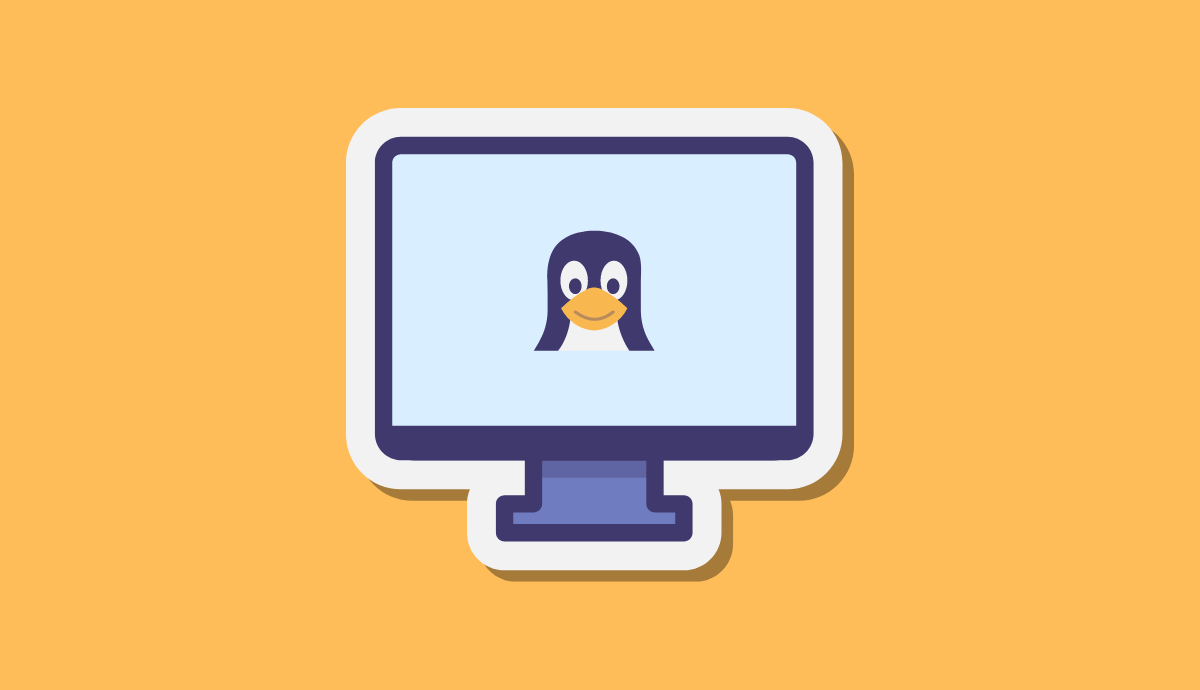Last updated: July 3, 2022
Unix and Linux are the two main families of operating systems that are often found in computer rooms or IT operations centers of companies around the world. But they are, in many ways, very different.
Discover differences between Unix and Linux.
History of Unix
History of Unix
Unix is an operating system that was initially developed by Bell Laboratories in the United States in the 1970s for use on mainframe computers. Bell Labs will develop the different versions of Unix System III then System V which will be mainly proprietary and paid for. They will subsequently give birth to HP-Unix, Solaris and IBM AIX.
Originally designed by Bell Labs, Unix was distributed, including source code, to the University of Berkeley, which evolved the Unix system including its own modifications: the Unix family BSD (Berkeley Software Distribution) was born, mainly composed of operating systems open-source and free (except paid Sun OS).
These two main families of Unix are very closely linked and have an important common heritage, at the level of source code, system architecture and its organization.
Linux history
When in the early 1990s Linux appeared, his philosophy is quite different: the linux kernel has been totally rewritten in functionally inspired by the Unix system.
On the other hand, there is no source code or architecture inheritance. What's more, while the Unix were designed for run on large systems, Linux was designed to work on the new architectures of microcomputers designed from Intel's new processors: the 80386.
Written by Linus Torvalds, the Linux kernel is combined with the GNU system to form the GNU/Linux operating system (commonly called Linux). The Linux operating system is then bundled with a number of other software and packages in order to form a linux distribution whose common denominator is free (except the RedHat and Mandriva distributions) and open-source.
Among the most important Linux distributions we can cite Suze, Ubuntu, Debian and Android (smartphones) in particular. Furthermore, unlike Unix operating systems, Linux distributions are designed around
The main differences between Unix and Linux
The machines installed
Initially, there was a significant difference in the machines on which Unix (mainframes) and Linux (microcomputers) were installed. Today, this is no longer true and we find Linux on super computers. On the other hand, we still do not find Unix on PC-type computers.
The importance of interoperability
Linux developers have constantly highlighted the necessary interoperability: standardized protocols which are subject to publication, open formats, public technical specifications, no restrictions on access or implementation.
The open-source movement and the developer community
While Unix was born in Bell's private laboratories and then was improved and modified by various major global IT groups (IBM, HP, Novell), Linux developed around free communities of volunteer developers.
Added to the open format of the specifications, the developer community has made it possible to take into account and integrate a multitude of formats, standards for general public devices (Bluetooth, mouse, webcam) and to bring out multiple applications as different as they are varied in various areas (graphics, artificial intelligence, music, office automation, etc.) accessible free of charge and offering highly developed functionalities. For its part, Unix has remained mainly proprietary and only offers a limited range of applications that still require payment.
Today this movement is being reversed and we are seeing large IT groups (IBM, Oracle, Novell) buying up significant shares of the open-source Linux ecosystem.
The specialisation
Specific to the Linux operating system, the Linux distribution is the materialization of a separation between software publishers and distributors.
In the Linux world, a Linux distribution will combine a kernel, system packages and software and a set of other application software developed by several other communities. The whole thing will have a particular destination of use which corresponds to a particular need in the IT world.
So alongside distributions for general use, there are distributions specialized in the operation of smartphones (Android), others specialized in network routers or internet boxes (in the Freebox for example); office user stations (Mandrake and Ubuntu), LAMP internet servers, etc.
By comparison, a Unix system is intended and intended for general and non-specialized use and it would be impossible for it to function on many on-board systems.
Distribution to the general public
While Unix remained a computer server operating system, Linux became more popular and gained a foothold in mainstream computing. The multiplicity of software offerings and the adoption of graphical interfaces having nothing to envy Windows is gradually gaining ground in home microcomputers, a world in which Unix is completely absent.
Saving IT costs
With the specialization made possible by Linux distributions, it was quickly possible to install servers of all kinds (internet, database, messaging, groupware, etc.) on PC hardware. Where previously it was necessary to have a Unix configuration with at least a mini-computer. This resulted in lower hardware investment costs, software license acquisition costs and maintenance costs.





Better than any other sites to make a presentation